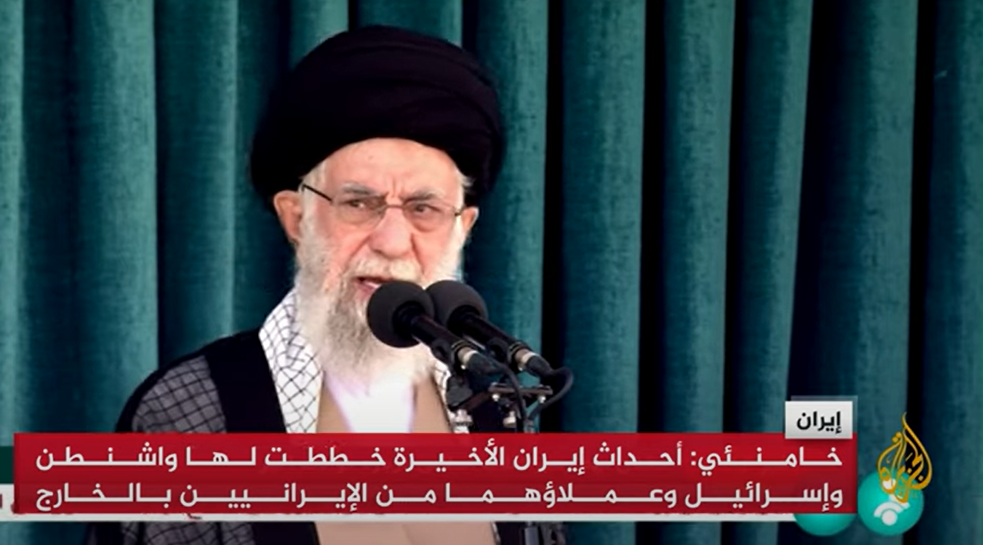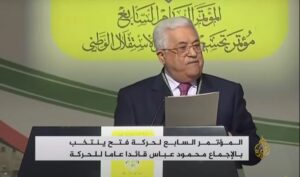Iran announced that it executed by hanging last weekend Ali Rida Akbari, the assistant to the former defense minister and a British citizen, after he was convicted of spying for Britain.
He was convicted of harming Iran’s security and providing intelligence information.
Akbari was detained for more than 3 years and his execution is a message to Western countries and Israel not to interfere in the internal situation in Iran and also an internal message to deter the demonstrators who continue the wave of the Hijab protests against the regime.
The protest wave that has been going on for 4 months is very worrying for the Iranian leadership, this wave has become a force that threatens the stability of the regime, so far between 400 and 500 people have been killed, among them members of the Iranian security forces, and about 18 thousand people have been arrested.
The execution of Ali Rida Akbari symbolizes the victory of the extremist current in the Iranian elite, according to Iranian officials at the top of the regime, a debate broke out on how to try and stop the wave of protest.
The regime does not have a clear strategy on how to deal with the protests that are renewed intermittently in different parts of Iran, one thing is clear, the protest wave continues and there are no signs of its ending.
Some senior officials at the top of the Iranian regime believe that flexibility should be shown in handling the protests and try to calm the atmosphere, on the other hand, there are senior officials who advocate the continuation of the iron fist policy and brutal suppression of the demonstrators, including executions.
So far, 4 protesters have been executed and another 14 people sentenced to death are awaiting the execution of the sentence.
According to Iranian sources, the country’s elite includes figures who support the Hijab protest wave, such as former presidents Hassan Rouhani and Mohammad Khatami, opposition leader Mir Hossein Mousavi, cultural and media figures, athletes and former politicians.
As a result, the Iranian regime forbids former politicians from traveling abroad and the regime threatens to eliminate the political future of any senior member of the regime who opposes the suppression of the protesters and the executions. The execution of Ali Rida Akbari is a message to those criticizing the reformist movement in Iran.
Iranian Supreme Leader Ali Khamenai is playing a double game when it comes to the treatment of the Hijab protest, the regime spread fake news as if the morality police enforcing the wearing of the Hijab on women had been abolished, he called the protesting women our daughters and met with a delegation of women to hear their claims, he ordered the release of 2 well-known opposition activists (Majid Tokali and Hossein Ronki), he ordered retrials for several protesters who were sentenced to death, but on the other hand, he appointed a new police commander who is a member of the Revolutionary Guards who is on the .US Treasury Department’s terror list due to human rights violations
The new commander is General Ahmad Rada Radan, who replaced General Hossein Ashtra, who had been in office since 2015.
The debate at the top of the Iranian regime also stems from a fear of increased sanctions from Western countries due to the continuation of the brutal repression, on the other hand, there are extremist elements at the top who believe this is the only way o discourage the protesters, for whom the cancellation of the executions is a surrender to international pressure that will only encourage the continuation of the demonstrations.
In the end, the one who determines the way to deal with the protest wave is the Supreme Leader Khomeini, he has a lot of experience in survival, more than 30 years in the chair, he maneuvers and zigzags and looks for new and creative ways to stop the protest wave but also does not hesitate to apply brutal repression of the protesters .




